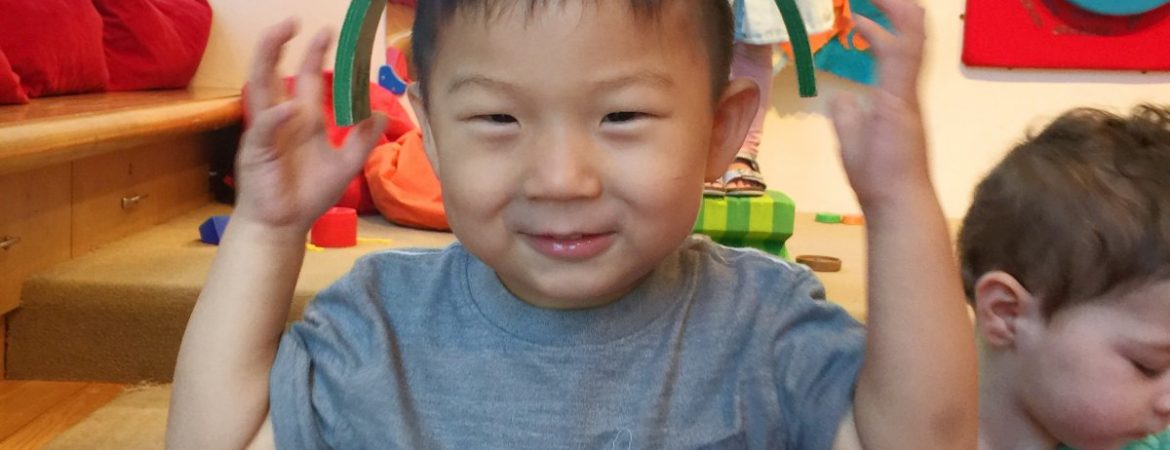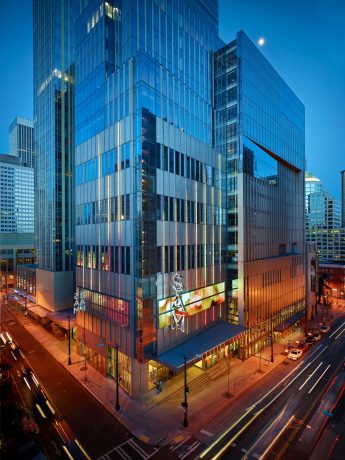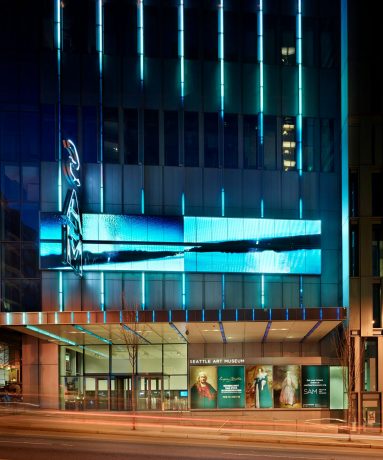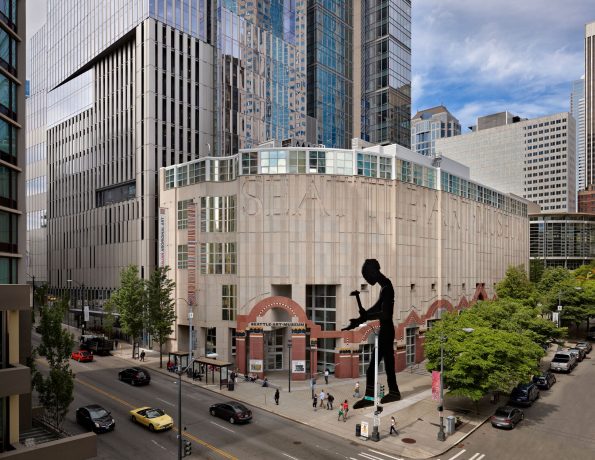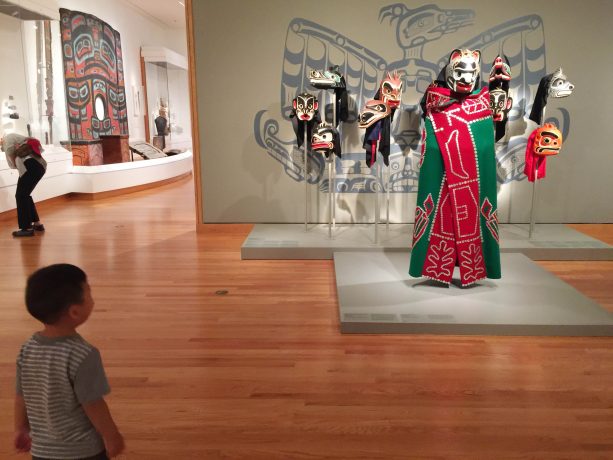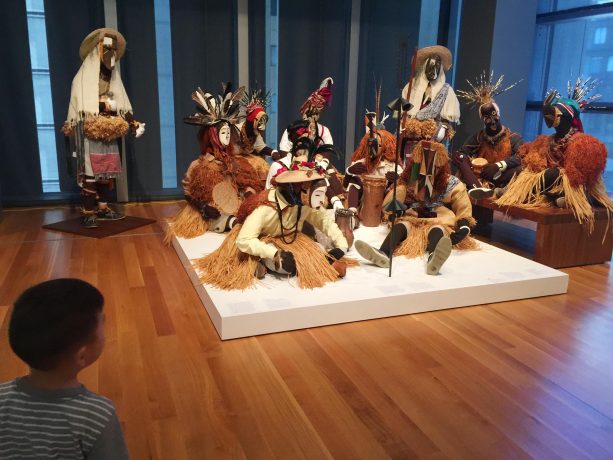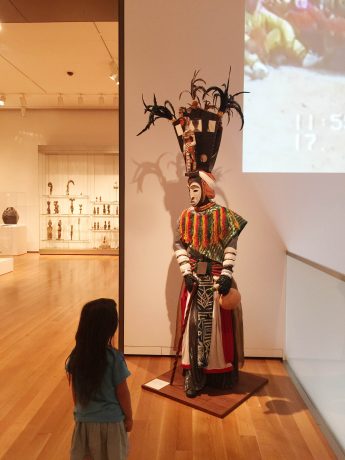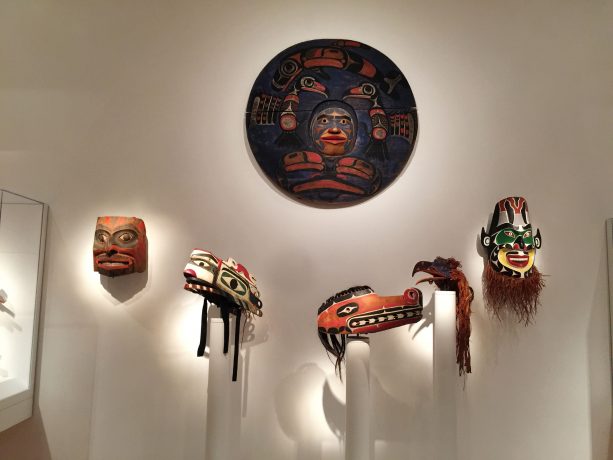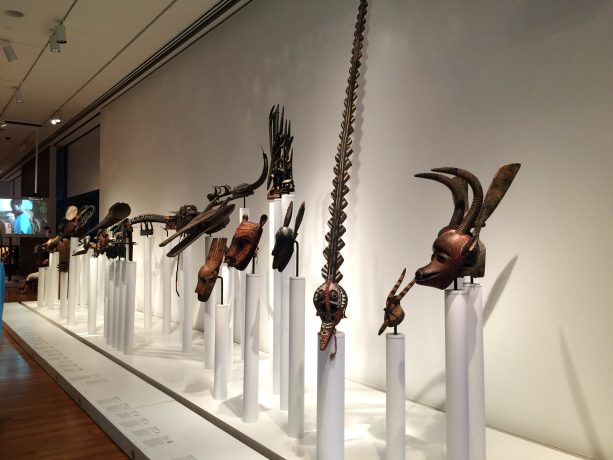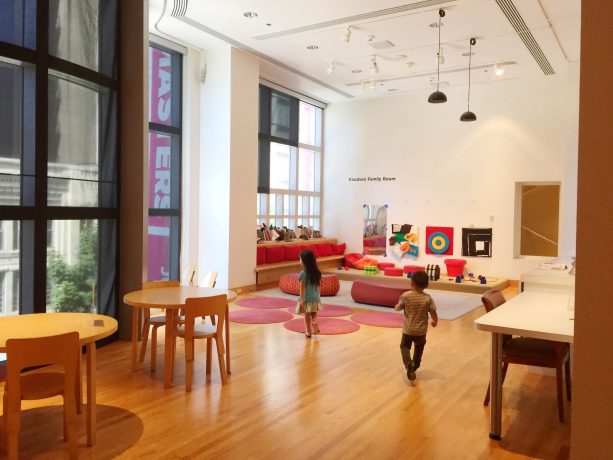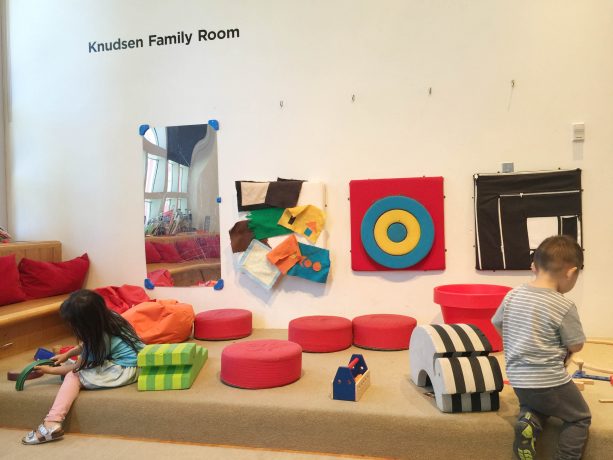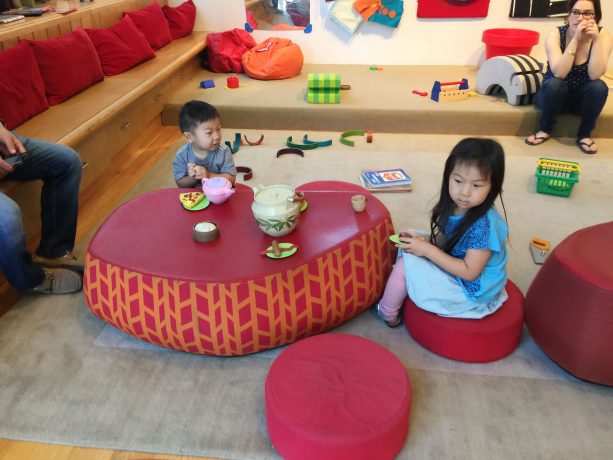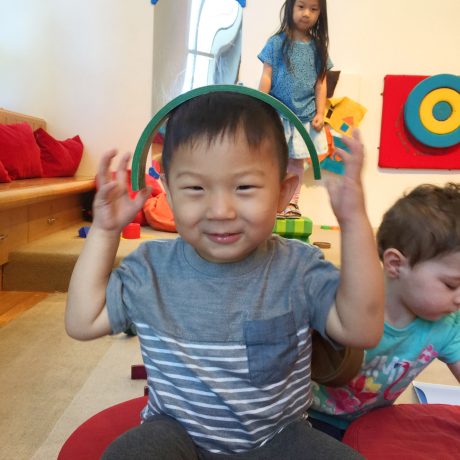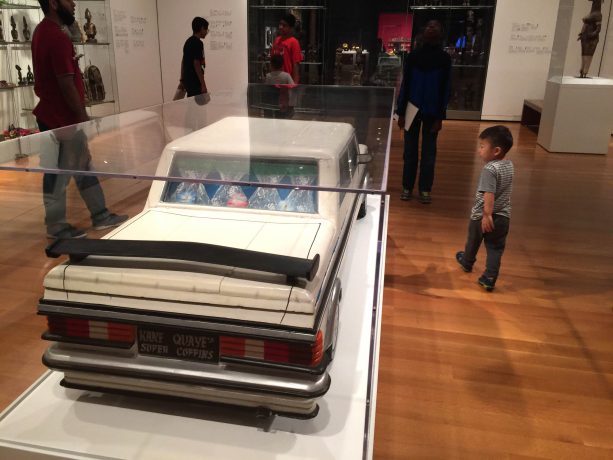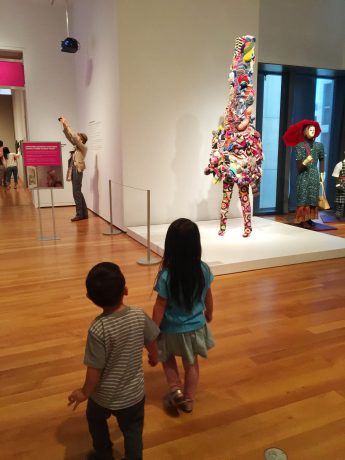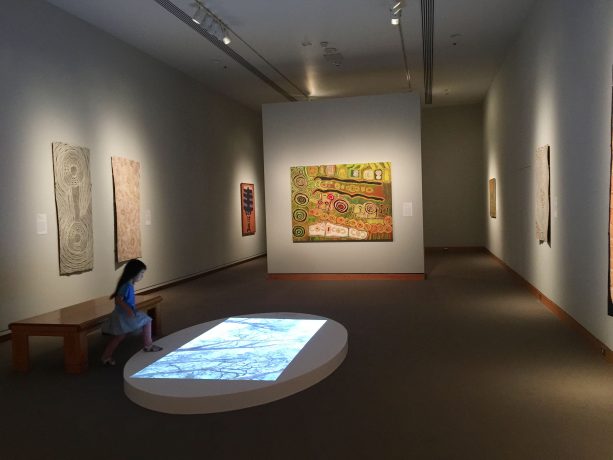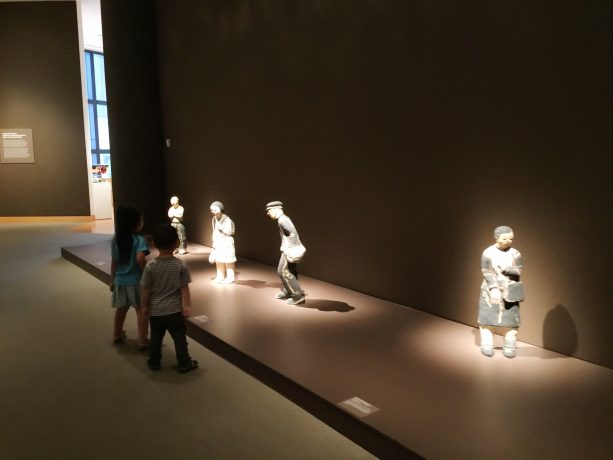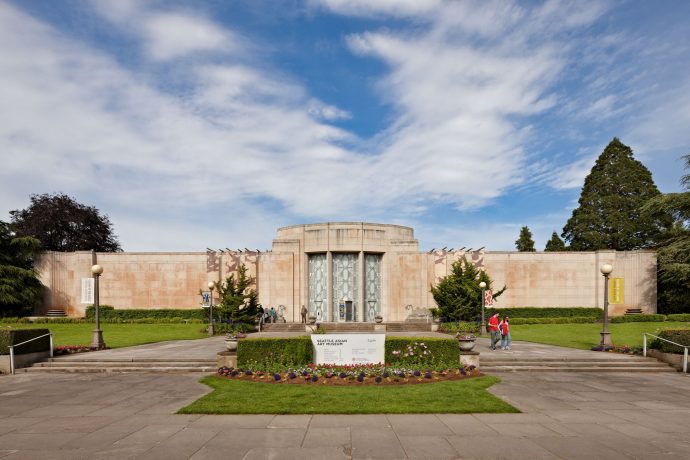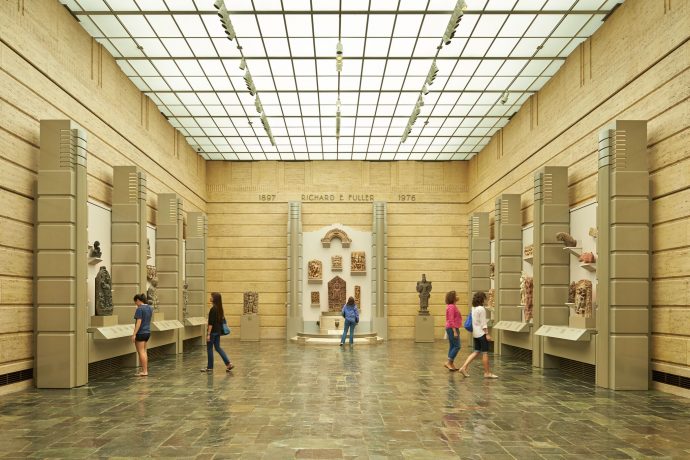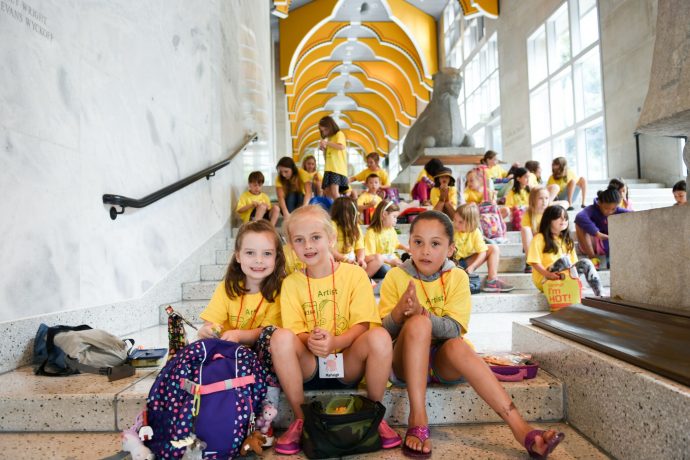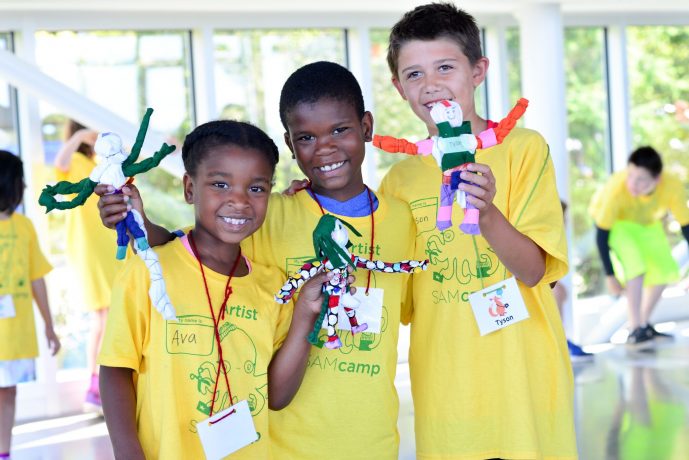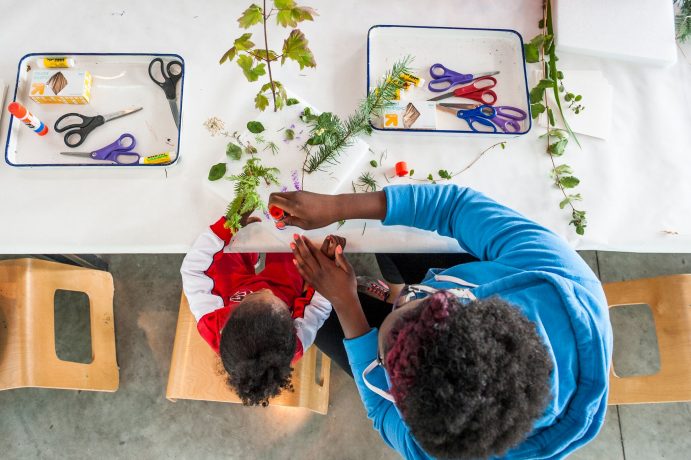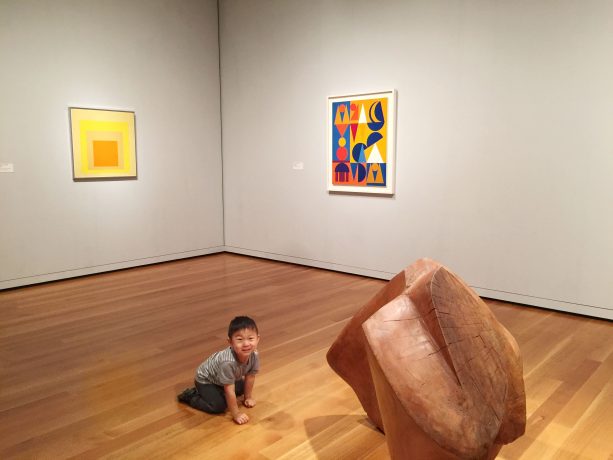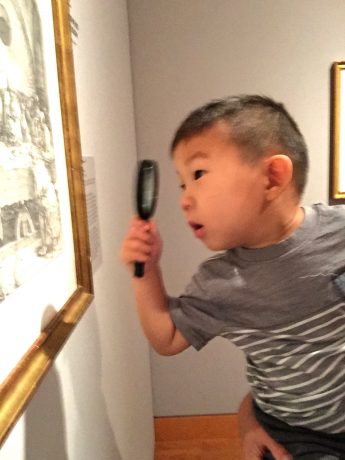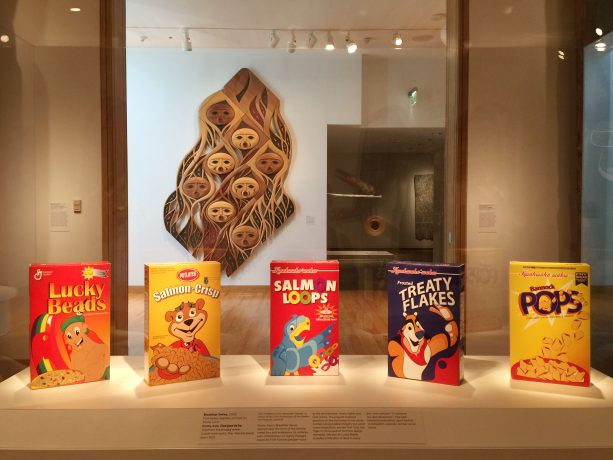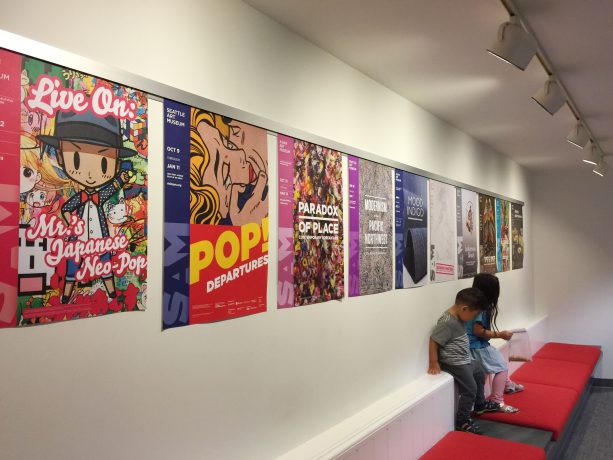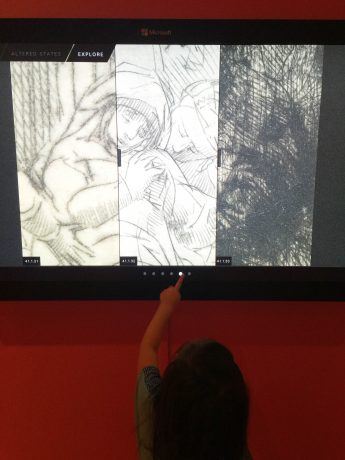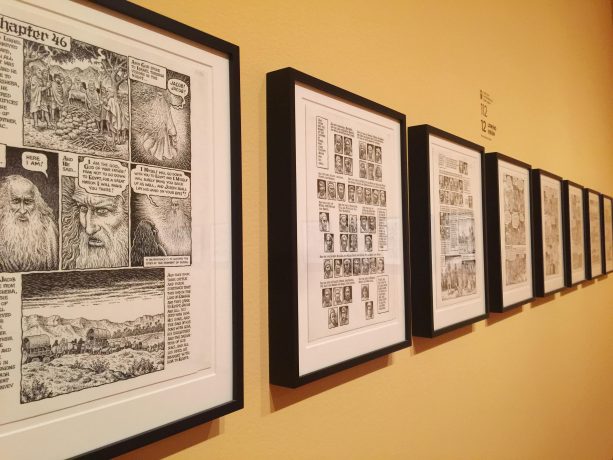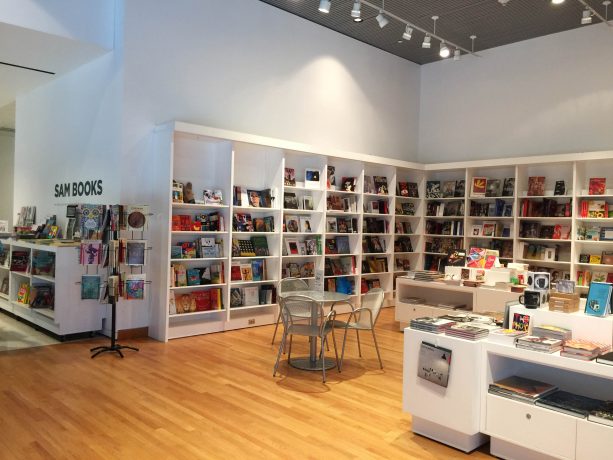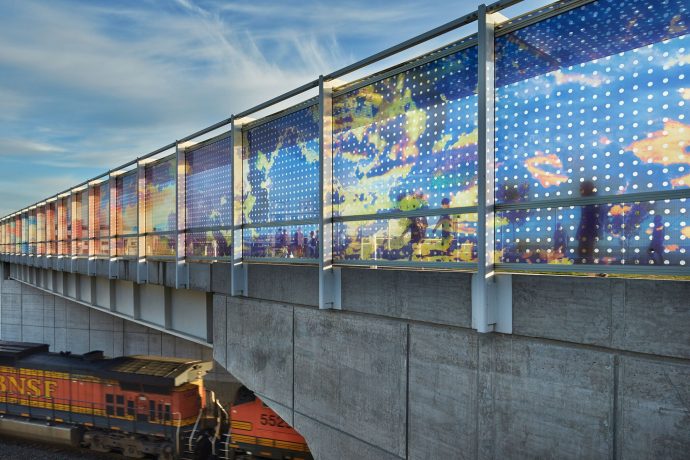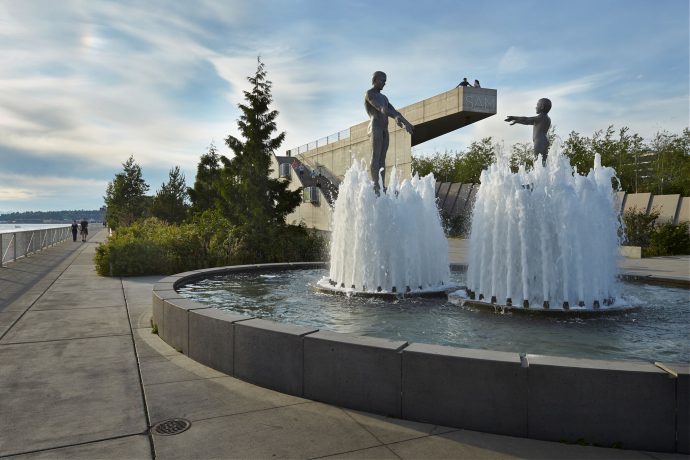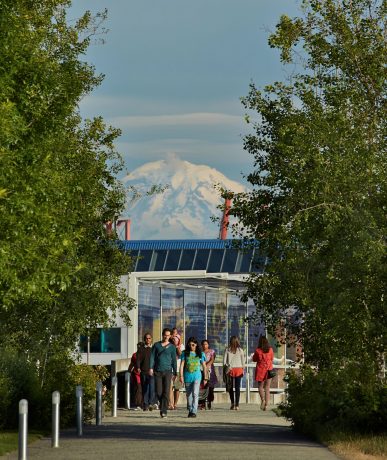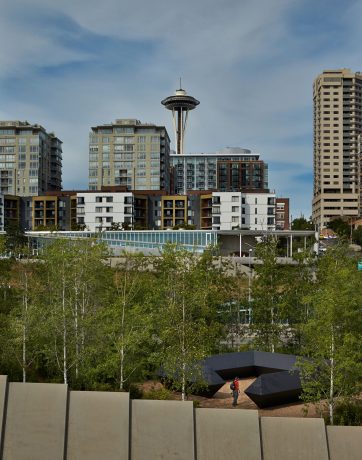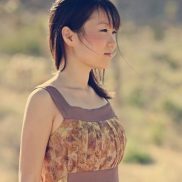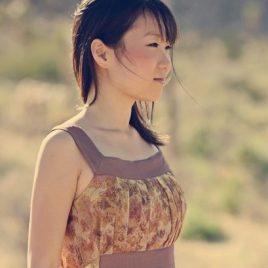The Seattle Art Museum’s massive outdoor sculpture, Jonathan Borofsky’s The Hammering Man, welcomes visitors to its entrance - which otherwise may be overlooked amongst the sea of grey high-rises in downtown Seattle’s busy First Avenue. The main facility is one of three total, The Olympic Sculpture Park on the central Seattle Waterfront and the Seattle Asian Art Museum on Capitol Hill being the other two. It is walking distance from some of Seattle’s main destinations like the Pike Place Market and the Great Wheel, and has a long history of expansions and renovations from its start in 1933, and has moved to the current in 1991.
For MuSEEum KIDS, the museum’s vast and varied collection spurred on a morning of discovery, play, and art appreciation.
The Chihuly exhibit was an amusing walk through while the kids pointed out pieces that resembled certain animals or make believe objects. We were drawn into the Native American exhibit, since the standing masked figures piqued their interests immediately. The colors and expressions of these beautiful masks were stunning, while causing slight freight.
The African collection was similarly stimulating - the textures of the costumes and carved masks resembling exaggerated features of animals raised a lot of “why” questions. The video display of traditional African celebrations even inspired an impromptu dancing session. After going through the collections, the Knudsen Family Room, an open kids play area and library, was a welcome respite for adults to pause as tour guide for a moment and for the young ones to let out some pent up energy to roam around and play. The artfully set up area with categorized drawers holding various objects and puzzles encouraged for a lot of imaginative play including a birthday feast, a tea party, a shootout and some baby pet caretaking/feeding.
Another highlight of our visit was the current temporary exhibition, Graphic Masters, featuring different print types and drawings by Goya, Rembrandt, Picasso, and more. We really enjoyed using our magnifying glasses and going through the art and seeing details of these masterful works. We avoided pieces that had darker themes and highlighted the intricacies of others. The kids mostly enjoyed being scientists with their magnifying glasses, picking up and putting away new sets as we moved through the different rooms. The exhibit leads to a comic digital studio where visitors are encouraged to create their own comics inspired by the Graphic Masters.
We were excited to be able to have some specific questions answered by Sarah Bloom, SAM’s Senior Manager for Teen, Family and Multigenerational Programs and Learning. Here is what she had to share with us:
Please share with us some present and future kid/family-centric programs that you would like to highlight for our audience.
All of our family programs are offered every year around all three sites of the museum. Lights and Winter Weekends at the Olympic Sculpture Park. Lights is our annual light and Luminaria December celebration at SAM, where the family can walk the z-path decorated with Luminaria, see the sculptures in the park specially lit, and participate in light themed art activities and performances throughout the night. This is a great program for the entire family. Winter Weekends is a program that takes place the third Saturday of the month in January, February, and March in the pavilion. Kids and adults work together to design a type of vehicle from recycled materials and cardboard and then watch an indoor drive in movie.
During the summer SAM Camp is a great way for kids ages 5-10 who are interested in art making and creativity to immerse themselves for one week or three weeks in the process! In 2017, SAM Camp will be taking place at the Olympic Sculpture Park with themes around art and the environment, architecture and design, past and present art and much more.
This fall, we have Diwali Family Festival at the Asian Art Museum and Dia De Los Muertos at our DT location. These are great family festivals for all ages, filled with music, dancing, cultural celebrations, and art making. They highlight the vibrant different cultures and communities around the Seattle area. The Diwali Family Festival is part of our Free First Saturdays at the Asian Art Museum. During the Months of October - December and February - May, every Free First Saturday at the Asian Art Museum is also a family day where we offer free art making activities, dress up, storytime, and a sketching tour of the galleries. It's a great event especially for young learners.
What types of programs have worked better in the past, that you would implement in the future?
Programs that work best are ones that have a menu of choices for families. Each family is different and has different needs when they come to enjoy themselves at the museum. We try to create programs that give families choices around how they want to learn together as a group, whether through art making, taking a tour, listening to a talk, doing a scavenger hunt, or watching a live performance. This is something that we strive to implement in all of our programs. What has not worked is a one-size fits all approach to our programing.
How is the kids/family audience different? Do you have any particular educational philosophies you adhere to? Why?
Family audiences are different because it is a multigenerational learning experience, where both young and old learn together. To cater to that unique audience, we try to design programs that have areas of interest to different ages. We also try to empower the caretakers and the adults to talk to their kids about art, to teach their own children about art and learn together.
Seattle Art Museum has a global collection. It allows for us in the education department to promote programming that offers diverse perspectives. SAM's educational philosophy is rooted in inquiry, close looking and critical thinking. Art is a tool to talk about all elements that are relevant to a child's own life. As our mission is to connect Art to Life, we strive to create educational programs, kids guides and family tours that help kids and adults see that art is relevant to them, and is something that they can relate to.
What in your opinion makes the SAM unique and successful?
SAM family and kids programs offer a wide variety of programs that are designed to promote curiosity, inquiry, and promote close looking in both children and adults. The collection ranges across all three sites, the DT location, Asian Art Museum, and Olympic Sculpture Park and offers something for everyone, whether audiences are interested in contemporary art, Asia art, art and the environment or European art. No two visits to SAM are ever alike. Additionally, SAM is dedicated to building programs that offer activities across all ages, starting with early learners to high school teens and beyond. That is a unique mark of SAM's education, thinking about our audiences holistically, and understanding that no two families are alike.
